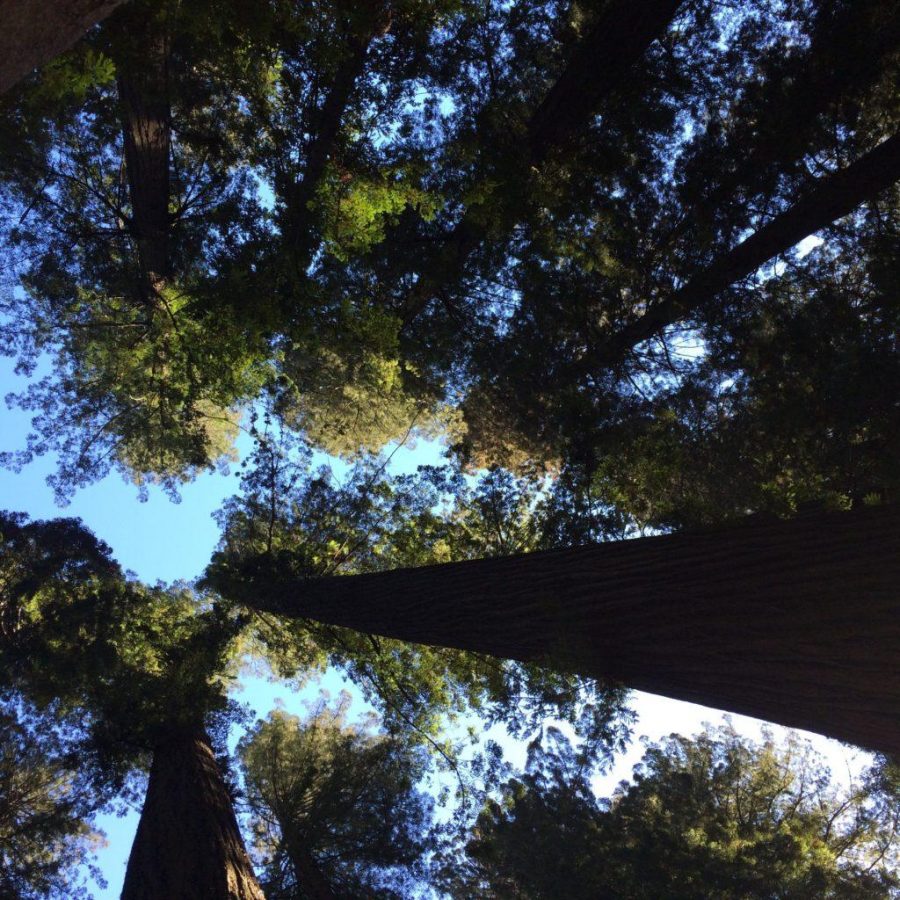Last fall, I went on a road trip up the California and Oregon Coast. For a large portion of our drive, thick, burly redwood trees created an enveloping tunnel that kept me spellbound. I realized these 500 to 2,000 year-old trees claimed this land before anyone else, and I felt privileged to share it with them.
People have cried for land conservation and public land designation for decades, and the National Park Service celebrated its monumental 100th birthday just last year. However, some have forgotten just how defining these lands are to our national identity. “This Land Is Your Land” sings about the “sparkling sands of her diamond deserts,” which may refer to the White Sands National Monument in New Mexico, or maybe the “golden valleys” speaks of Shenandoah National Park in Virginia. From the Redwood Forest National Park to the Gulf Stream waters found in Biscayne National Park, this land was made for us to enjoy.
Many have felt a rising threat against these lands, and the outdoor industry is leading a cause to protect them (see more on this story on page 10). We at Wasatch Magazine love public lands because of the life-changing, inspiring experiences we’ve had exploring them. The granite slabs we climb and the rocky trails we mountain bike along the Wasatch reside within U.S. Forest Service land. This past year, I backpacked and hiked around six national parks, and am grateful for the lands we collectively own.
This Land is Your Land. This Land is My Land. Whether you prefer mountains, desert, sea, or sky, recreationists of all types have used the millions of acres in national parks, state parks, and Bureau of Land Management and U.S. Forest Service land. I fell in love with the outdoors trail running along the Bonneville Shoreline — where was it for you? As always, our advice is to get outside, but it’s also to protect and preserve that land we love. After all, this land was made for you and me.
Wasatch Editor
Photo courtesy of Mckenzie Wadsworth


